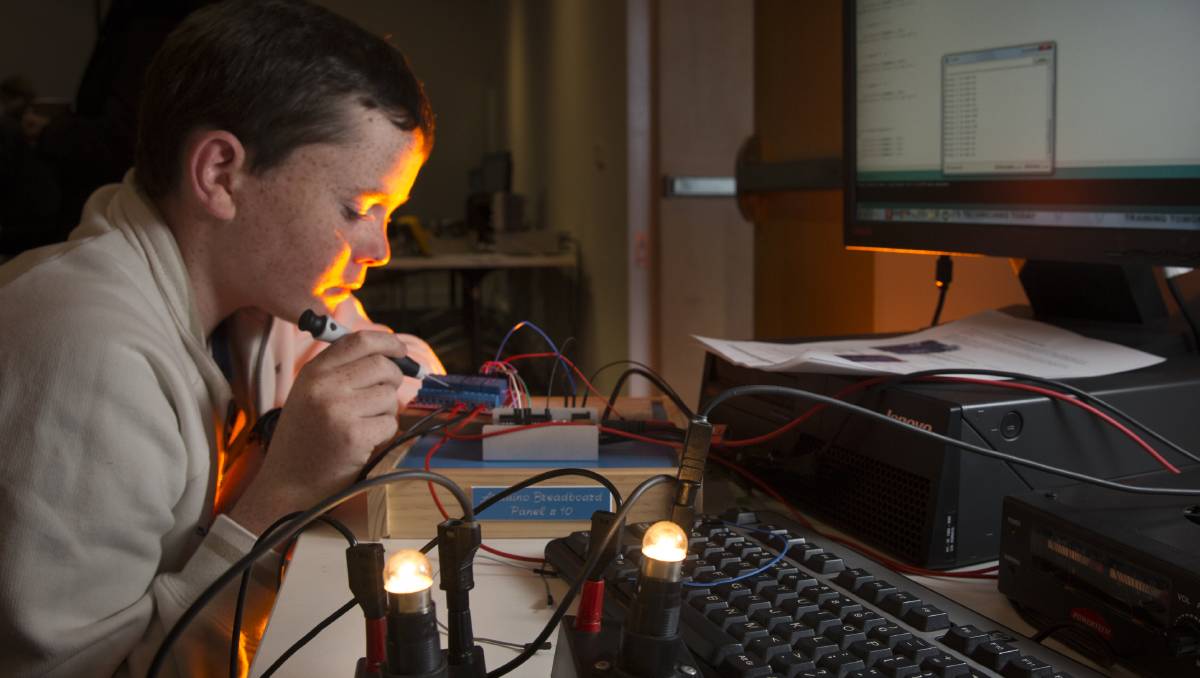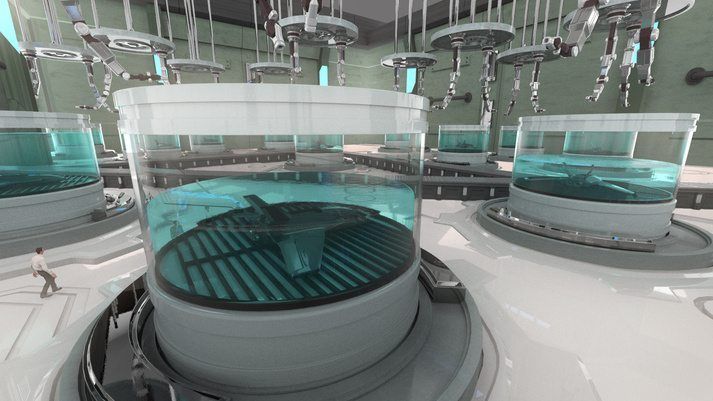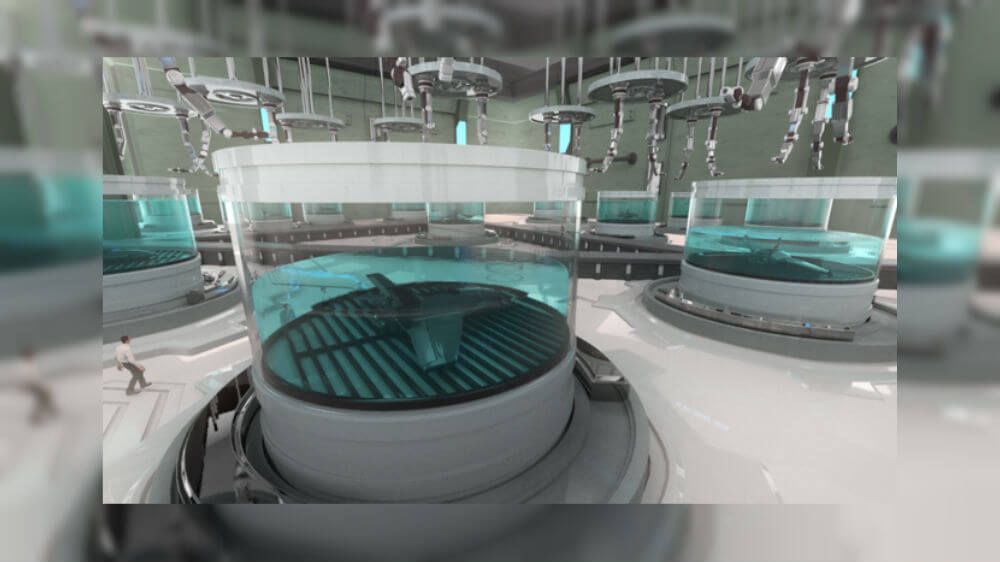More update on controlling drones with BMI.
Using wireless interface, operators control multiple drones by thinking of various tasks.
A researcher at Arizona State University has discovered how to control multiple robotic drones using the human brain.
A controller wears a skull cap outfitted with 128 electrodes wired to a computer. The device records electrical brain activity. If the controller moves a hand or thinks of something, certain areas light up.









